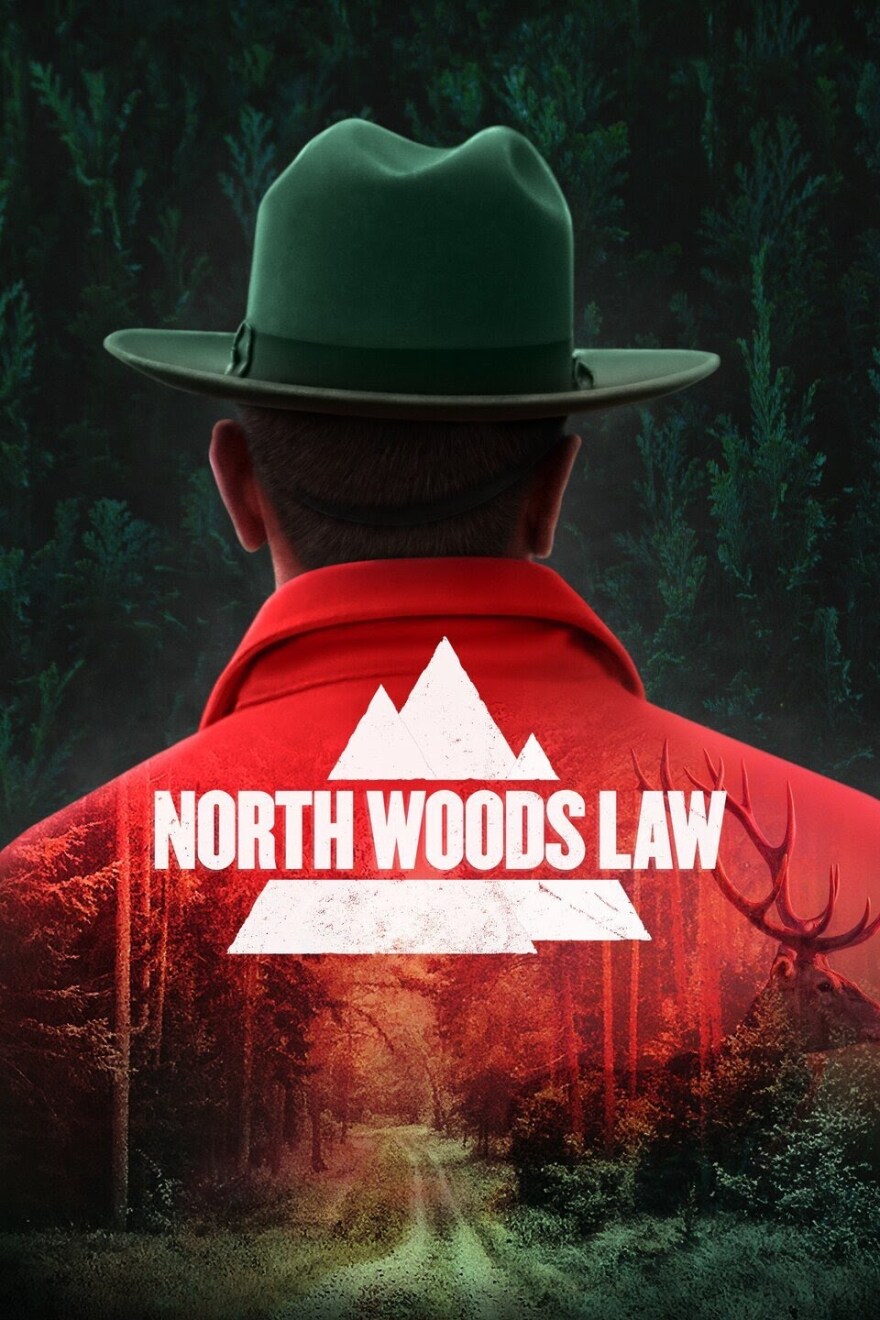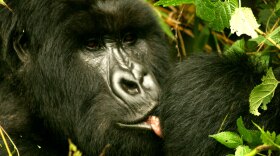The 8th season of the reality television show North Woods Law – a show that follows conservation officers from New Hampshire’s Fish & Game Department – kicks off with a skunk rescue, a nosey bear being chased out of town, and a multi-day search and rescue operation that ends with a drowning victim being pulled out of the Androscoggin River.
In this episode of Outside/In, a closer look at the people who police the natural world and how we use it, as depicted by reality television.
Thin Green Line
Taylor Quimby
“COPS presents a world that is much more violent than the real world and much scarier than the real world,” said Dan Taberski, host of Running from COPS, a podcast series investigating the long-running TV show that follows police officers on the job. Taberski and a team of screeners watched and took notes on 846 episodes of the show.
"Three times the amount of violent crime, four times the amount of drug crime, ten times the amount of prostitution. It also presents a world where the police are much more effective than they really are. So if they pull somebody over, it ends up in arrest something like 90% of time.”

Part of the reason this is significant is that police have editing power on COPS, which means the show provides insight into how police officers want to be seen by an American audience.
There’s another show that uses the same model - same reality TV style, same oversight - called North Woods Law. It follows state conservation officers employed by New Hampshire’s Fish & Game Department. But on North Woods Law, you’re more likely to see an injured loon than an honest-to-goodness arrest.
If COPS presents a world more dangerous than reality, North Woods Law presents something else. But what?
This story features Jamiles Lartey, William Browne, Erika Billerbeck, Colin Woodard, Colonel Kevin Jordan, Dan Taberski, and Scott Rouleau.
For more on the history of policing in America, we highly recommend “American Police” from NPR’s Throughline.








